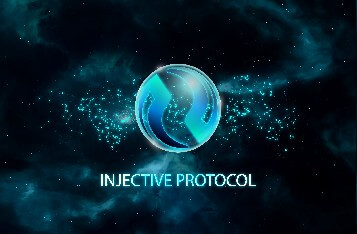NVIDIA's PVA Engine Enhances Efficiency in Autonomous Vehicle Development
As the automotive industry increasingly integrates AI models into autonomous vehicles, the demand for computing power is rising, posing challenges to system stability and latency. According to the NVIDIA Technical Blog, the Programmable Vision Accelerator (PVA) engine, available on NVIDIA DRIVE SoCs, offers a solution by improving energy efficiency and overall system performance.
Optimizing the CV Pipeline
The PVA engine is a low-power hardware engine designed to offload tasks typically managed by GPUs, thereby reducing system load and enabling efficient management of critical tasks. It supports a range of computer vision (CV) tasks, from preprocessing to postprocessing, within the CV pipeline.
The PVA is an advanced very long instruction word (VLIW), single instruction multiple data (SIMD) digital signal processor optimized for image processing and CV algorithm acceleration. It provides excellent performance with low power consumption and can operate asynchronously with other components on the DRIVE platform.
NIO's Implementation
NIO Inc., a leading electric vehicle manufacturer, utilizes the PVA engine to optimize its data pipeline, enhancing system efficiency. By offloading tasks such as image processing and deep learning operations to the PVA, NIO has reduced GPU resource usage by 10% and freed up the VIC engine for other high-priority tasks.
The PVA's capabilities allow for significant memory savings and efficient handling of image processing tasks, resulting in a more stable and efficient system. This optimization has proven effective in NIO's mass production vehicles, demonstrating the PVA's potential in real-world applications.
Further Enhancements and Future Prospects
To further optimize the pipeline, NVIDIA suggests utilizing the PVA to replace the DLA with a simple deep learning model, given that the PVA is only about 25% utilized. Additionally, merging processing stages into a single PVA kernel could reduce overall DMA bandwidth, enhancing efficiency.
NIO continues to develop more efficient algorithms on the PVA using the PVA SDK, aiming to leverage the NVIDIA DRIVE platform's computational capabilities to enhance product intelligence and competitiveness. The PVA engine's flexibility and power make it a valuable tool for advancing autonomous vehicle technology.
For more detailed information, visit the NVIDIA Technical Blog.
Read More
M^0 Integrates Wormhole NTT for Multichain Stablecoin Expansion
Oct 23, 2024 0 Min Read
Boosting LLM Performance on RTX: Leveraging LM Studio and GPU Offloading
Oct 23, 2024 0 Min Read
NTT Digital Expands Web3 Presence by Joining Injective (INJ)as a Validator
Oct 23, 2024 0 Min Read
Bitcoin (BTC) Poised to Revolutionize Capital Markets, Says Bitfinex Securities
Oct 23, 2024 0 Min Read
Stablecoins Lead the Charge in Western Europe's Crypto Adoption for 2024
Oct 23, 2024 0 Min Read




